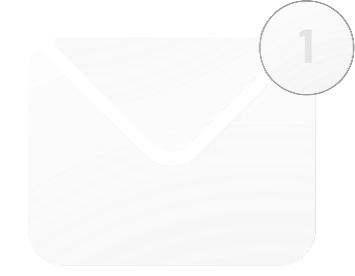Balancing your daily workload can be a real challenge, especially when it feels like you’re constantly juggling shallow tasks with important, deep work. Understanding how to manage both effectively can not only elevate your productivity but also reduce stress. The key to achieving this lies in understanding the difference between shallow and deep work and leveraging batching to optimize your workday.
Shallow Work vs. Deep Work
Shallow work includes non-cognitively demanding tasks, such as responding to emails, attending meetings, or organizing files. While these tasks are necessary to keep your day-to-day operations running smoothly, they don’t typically push you closer to your long-term goals. On the other hand, deep work refers to focused, uninterrupted time spent on high-impact tasks that require creativity and intense concentration. This is where real progress happens on your major projects or objectives.
Balancing both types of work is crucial, as shallow work ensures that the basic tasks get done, while deep work drives significant progress. Understanding when to engage in each type of work can transform how you approach your entire day.
The Power of Batching
Batching is a powerful technique that helps Busy Professionals organize their day by grouping similar tasks together and handling them in dedicated time slots. When you batch your tasks, you minimize the cognitive switching that typically happens when you shift between different types of activities. Here are some ways to start implementing batching:
- Create dedicated time blocks: Set specific times for shallow work, like emails and meetings, and ensure you protect your deep work sessions.
- Leverage your peak energy times: Schedule deep work during periods when your focus and energy levels are at their highest.
- Build routines: Incorporate batching into your daily routine to create consistency and minimize distractions.
By using batching, you create structure and boundaries in your workday, which leads to a more focused and productive workflow.
Combatting Distractions
One of the biggest challenges with batching, particularly for shallow tasks, is avoiding the temptation to let these consume too much of your time. To combat this, try setting a timer for tasks like emails or meetings. For example, allocate 30 minutes for shallow work, and when the timer goes off, move on to deep work. This approach builds discipline and ensures that your time is used effectively.
The Benefits of Structured Work
When you batch tasks and differentiate between shallow and deep work, you’ll notice several key improvements:
- Increased focus: By dedicating specific times to different tasks, you reduce mental fatigue and enhance your ability to concentrate.
- Reduced anxiety: Knowing that you’ve allocated time for both types of work helps you feel more in control of your day and less overwhelmed by incomplete tasks.
- Improved productivity: A structured workday means you’re not just busy—you’re truly productive, making real progress on what matters most.
Implementing batching and balancing shallow and deep work might take time, but even starting small can make a huge difference in your productivity. We invite you to explore our Paperless Movement® Membership, where we offer comprehensive courses on Task Management, Project Management, and more to help you take control of your digital workflow and boost your productivity.







